Top speed 209 km/h Range 467 km Cruise speed 134 km/h | Wingspan 9.09 m Length 5.26 m | |
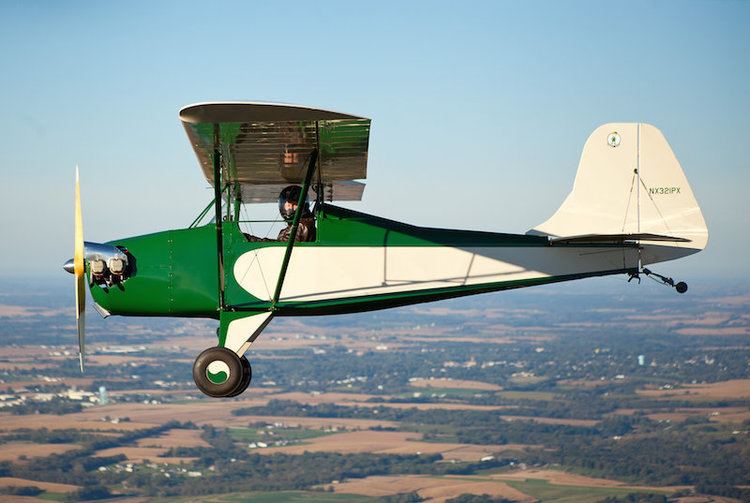 | ||
Engine type | ||
Pober pixie n186aa start up takeoff 9 8 13 at 1820
The Pober Pixie is a single-seat light aircraft that was designed in the United States in 1974 and marketed as plans for homebuilding.
Contents
- Pober pixie n186aa start up takeoff 9 8 13 at 1820
- Wayne s pober pixie at carrabassett valley summerfest
- Development
- Design
- Variants
- Specifications typical
- References
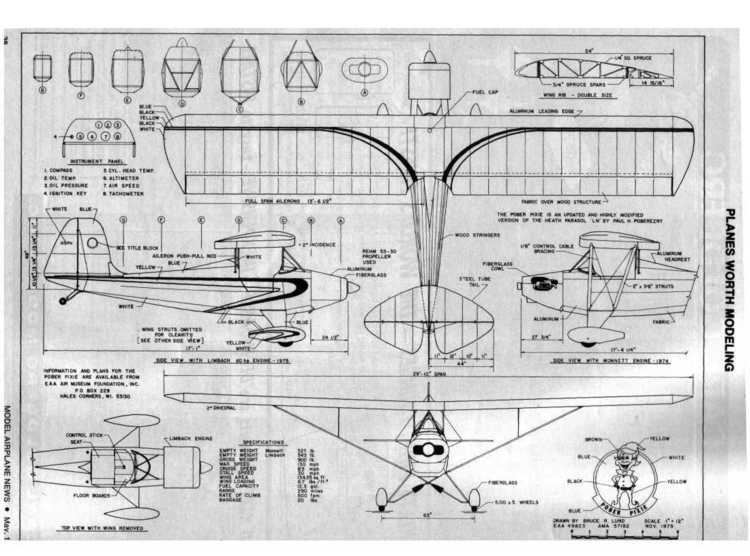
It is a conventional parasol-wing monoplane with fixed tailwheel undercarriage and a single open cockpit. The design was inspired by the Heath Parasol.
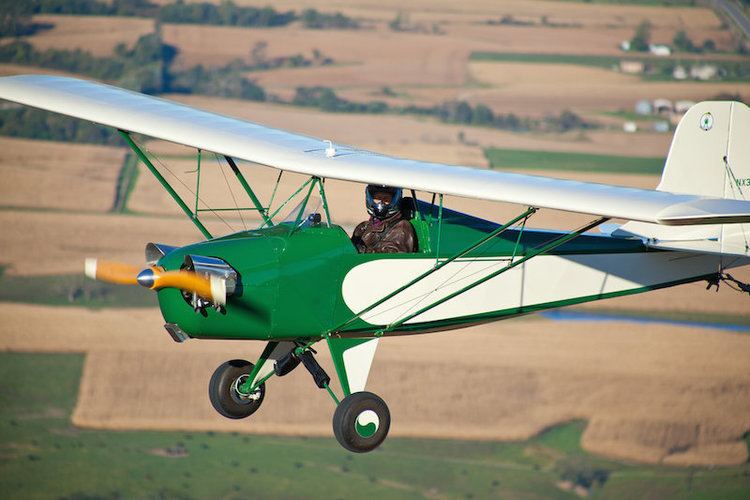
Wayne s pober pixie at carrabassett valley summerfest
Development
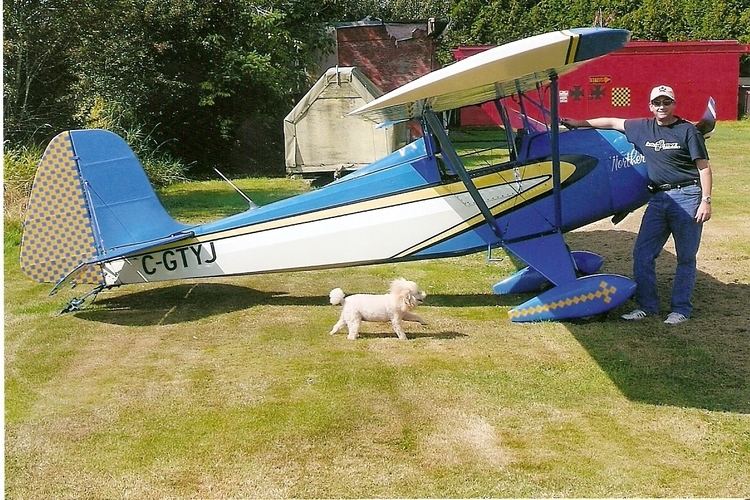
In response to the 1973 oil crisis, the EAA launched "Project Econoplane" to develop an aircraft with high fuel economy that would therefore be affordable for its members to operate. The Pober Pixie was the result, with a fuel consumption of 3 to 3.5 US Gal (11 to 13 L) per hour. Plans were completed in January 1974 and the prototype flew in late July, in time for the EAA Annual Convention that year.
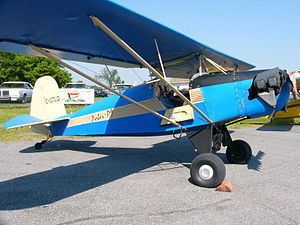
After the convention, the prototype was returned to the workshop for modifications, including installation of a 60 hp (45 kW) Limbach SL 1700 EA engine and Rehm 5330 two-blade fixed-pitch propeller, details of which were incorporated into the plans.
Design
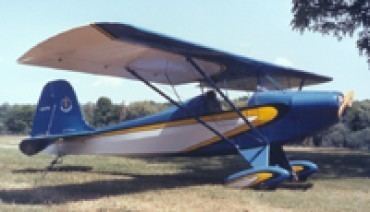
The Pixie fuselage is fabicated from welded 4130 steel tube, while the wings are made from Sitka spruce covered with Stits Poly-fiber fabric. Recommended engines include Volkswagen or the Continental A65.
The design includes full-span ailerons that give it a high roll rate with minimal adverse yaw.
Aircraft Spruce and Specialty says of the design:
Variants
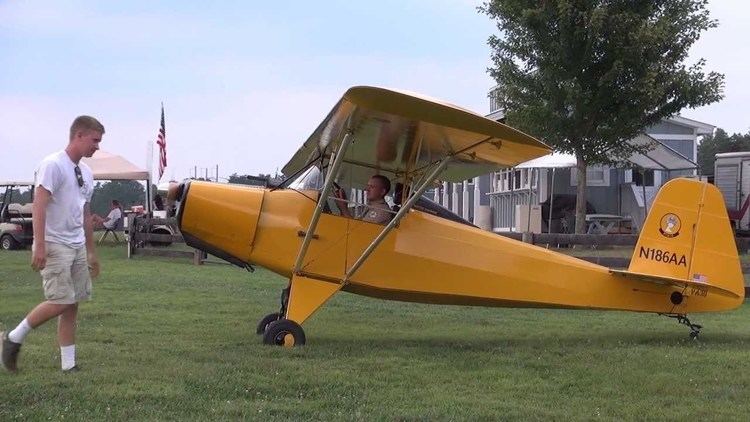
Specifications (typical)
General characteristics
Performance
